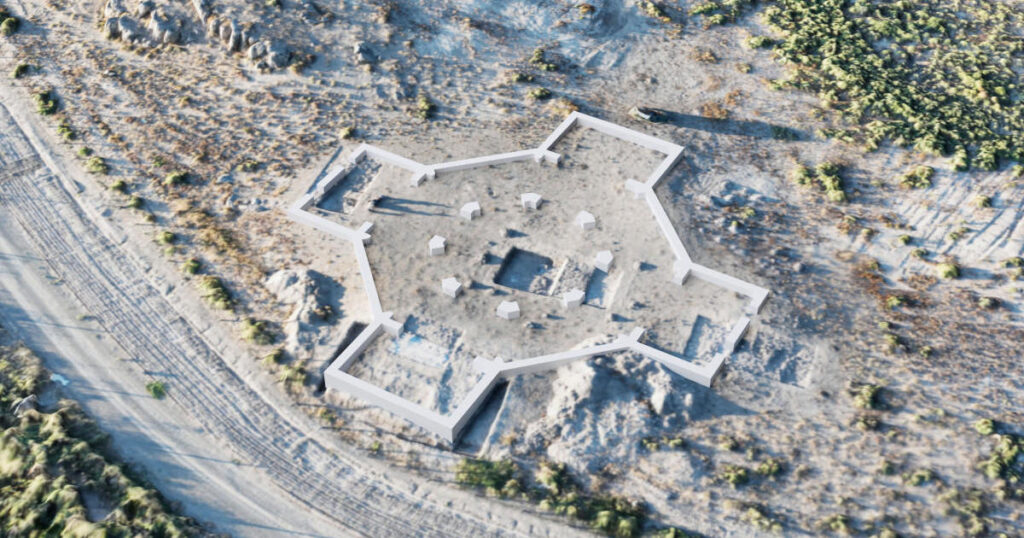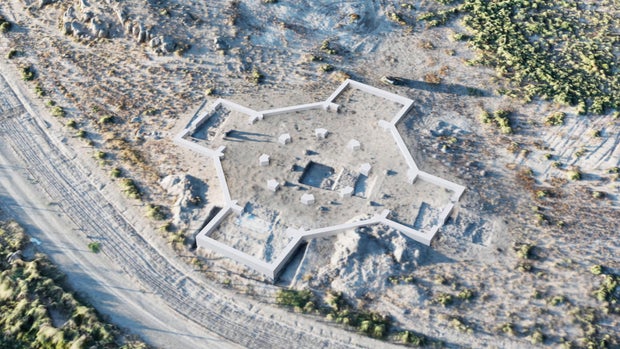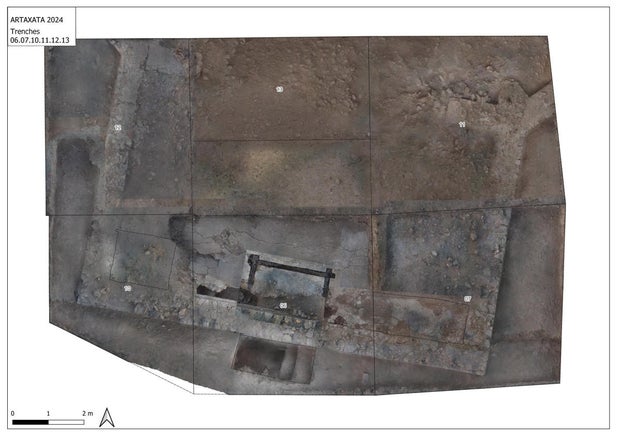Archaeologists have unearthed the remains of an Armenian church dating back nearly 2,000 years, making it the oldest structure of its kind in the country and one of the oldest in the world. Germany’s University of Münster, which partnered with a team from the Armenian Academy of Sciences on the archaeological excavation, announced the discovery on Friday, calling it “sensational evidence of early Christianity in Armenia.”
A joint team of archaeologists and researchers discovered the building during excavations at Artaxata, once a thriving metropolis and commercial center that served as the capital of the ancient Armenian kingdom for several centuries before and after the Common Era. I did. The excavations were carried out as part of a larger Armenian-German joint project, the Artaxata Project, launched in 2018 to survey the area.
Experts believe that the recently discovered church at Artaxata was originally built in the 4th century AD. The timing coincides with the construction of the Etchmiadzin Cathedral, also in Armenia. The cathedral is considered to be the first cathedral of the ancient kingdom, and is often considered the oldest cathedral in the world.
© Armenian-German Artaxata Project
Professor Achim Lichtenberger of the University of Münster, who is working on the archaeological project in Artaxata, said: “Dating back to the 4th century, this building is the oldest archaeologically recorded church in the country and is a sensational building of early Christianity in Armenia.” It’s proof.” said in a statement.
Mukrtich Zardarian from the Armenian Academy of Sciences, who also worked on the project, separately pointed out that the church’s architecture could help researchers understand something new about Armenian history. The church is octagonal in shape, with rectangular rooms extending from its four sides. This is the first octagonal church known to exist in Armenia, Zardarian said, adding that such shaped churches are typically found in the eastern Mediterranean and can also date back to the 4th century. added.
According to the University of Münster, the ancient church resembled the monuments of early Christianity. It is about 100 feet in diameter and originally had a mortar floor made primarily of sand and cement, and the walls were made of thick planks of terra cotta. Terracotta is a clay material that was produced in Greece and Italy at the time.
© Armenian-German Artaxata Project
Some of the original materials found at the ruins site suggest that the church was richly decorated with terracotta, probably imported from the Mediterranean. The university said the remains of a wooden platform found with clay helped researchers confirm the building’s ancient origins through carbon dating.





